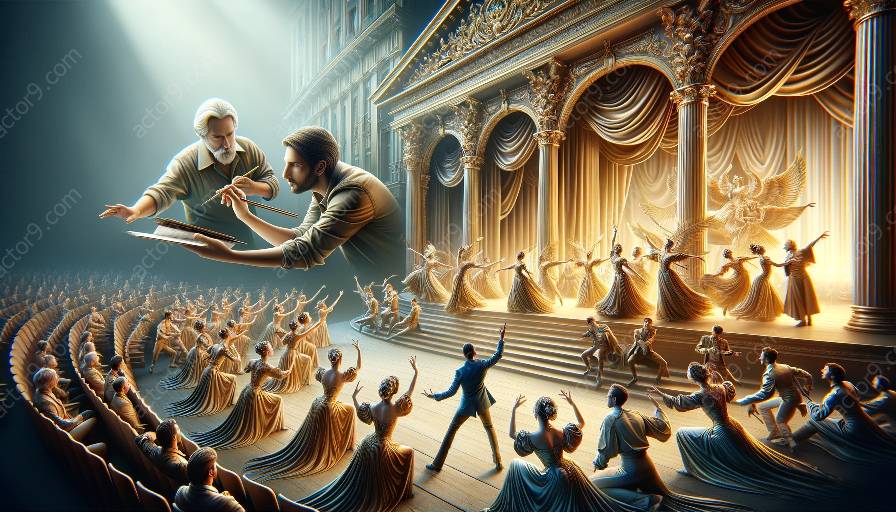Opera is a genre rooted in tradition, yet contemporary opera has the power to captivate audiences through its relevance and engagement. To fully appreciate the significance of audience engagement and relevance in contemporary opera, it's essential to examine the interplay with opera directing, choreography, and performance.
The Nature of Audience Engagement in Contemporary Opera
Contemporary opera strives to connect with diverse audiences, drawing relevance from modern themes and societal issues. Through innovative storytelling and music, contemporary opera seeks to engage with a wide spectrum of opera-goers, transcending traditional boundaries and appealing to new generations.
Opera Directing and Audience Engagement
Opera directing plays a fundamental role in shaping the audience experience. Directors often seek to bring relevance to the stage by infusing contemporary opera with thought-provoking narratives and visually compelling presentations. By incorporating avant-garde staging techniques and modern interpretations, directors can facilitate a deeper connection between the audience and the performance.
Choreography's Impact on Audience Engagement
Choreography in contemporary opera serves as a vehicle for enhancing audience engagement. Modern choreographers collaborate with opera companies to create dynamic movements that resonate with today's audiences. Dance sequences and physical expressions can convey emotive narratives, immersing spectators in the opera's unfolding drama and resonating with contemporary sensibilities.
Relevance in Opera Performance
Opera performers play a crucial role in delivering relevance to contemporary opera. Through heartfelt portrayals and vocal prowess, artists inject vitality into their performances, making the opera pertinent and relatable to the audience. By embracing innovative vocal techniques and expressive delivery, performers contribute significantly to the opera's contemporary relevance.
Fostering Interactive Engagement
In addition to artistic elements, contemporary opera often incorporates interactive elements to engage audiences in meaningful ways. From interactive installations to post-performance discussions, contemporary opera endeavors to foster interactive engagement, creating a space where audiences feel connected, involved, and part of the artistic dialogue.
Conclusion
Audience engagement and relevance in contemporary opera are multifaceted, encompassing a broad spectrum of creative input from directors, choreographers, and performers. The dynamic interplay between these elements culminates in a transformative audience experience that embraces the contemporary while honoring opera's rich heritage, ensuring the continued relevance and allure of this timeless art form.































